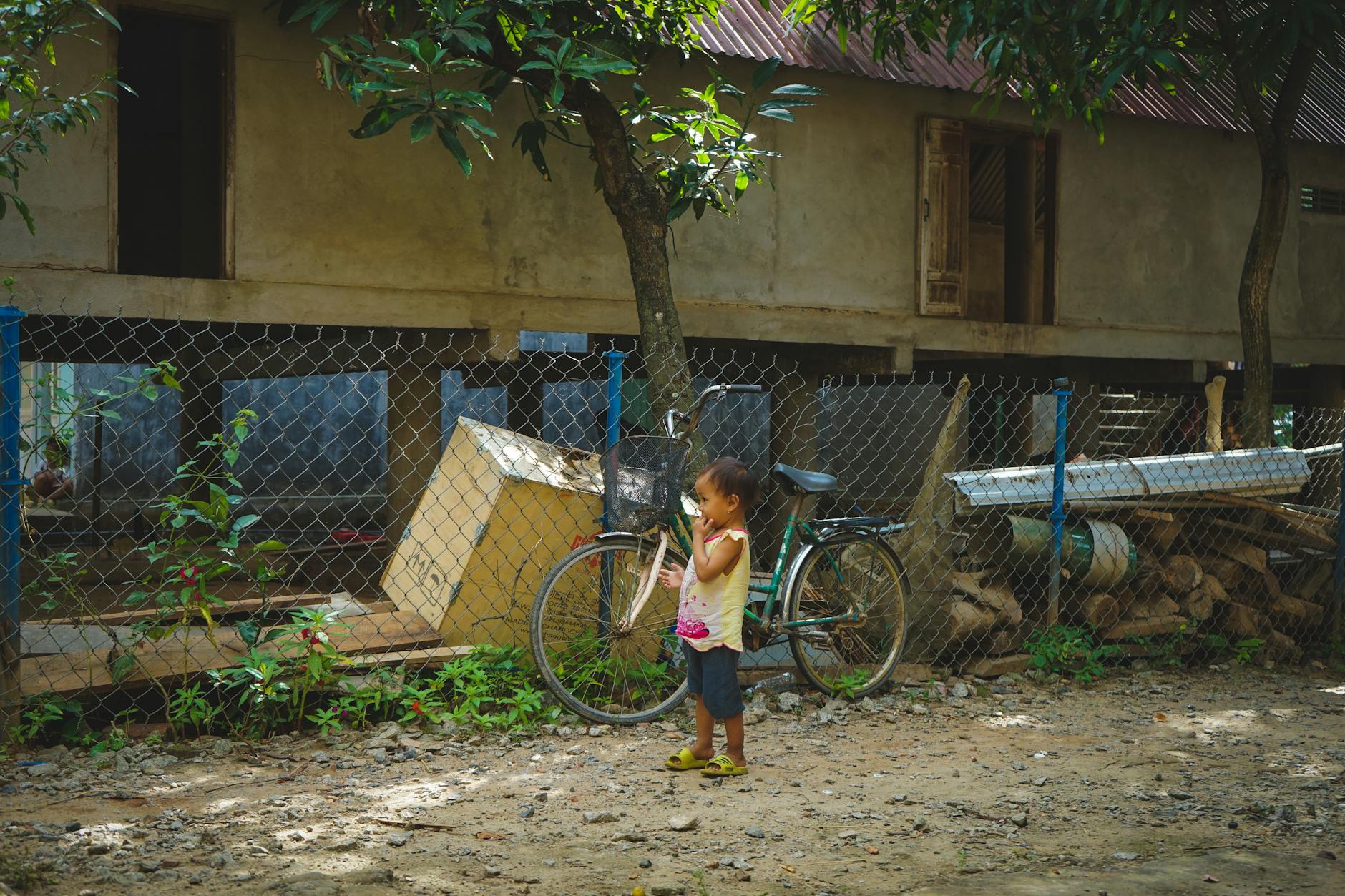Are you getting the right fit for your child’s bike? Discover essential tips to ensure a perfect ride every time.
Table of Contents
Choosing the right bike size for your child is crucial not only for their comfort but also for their safety while cycling. In this comprehensive guide, we will walk you through the steps to determine the perfect bike size for your little one, as well as provide valuable safety tips for cycling with kids. Additionally, we’ll explore the world of balance bikes and recommend the best options for 2-year-olds.
How to Choose the Right Bike Size for Children
When it comes to selecting the right bike size for your child, there are a few key factors to consider. One of the most important measurements to take into account is your child’s inseam length. To determine the correct bike size, measure your child’s inseam from the floor to their crotch. This measurement will help you choose a bike with a suitable seat height that allows your child to comfortably reach the ground while sitting on the saddle.
It’s essential to choose a bike size that allows your child to have a slight bend in their knees when pedaling. This ensures that they can pedal efficiently without straining their legs. Keep in mind that children’s bikes come in various sizes, so it’s essential to check the manufacturer’s recommendations for each size range.
Adjustable bikes are a great option for children who are still growing. These bikes often come with adjustable seat posts and handlebars, allowing you to customize the fit as your child grows taller. Investing in an adjustable bike ensures that your child can enjoy their bike for a more extended period without outgrowing it too quickly.
Safety Tips for Cycling with Kids
Ensuring your child’s safety while cycling is paramount. One of the most critical safety precautions is wearing a helmet. Make sure your child’s helmet fits correctly and is worn snugly on their head. Teach your child the importance of helmet safety and make wearing a helmet non-negotiable every time they ride their bike.
It’s essential to educate your child on basic bike safety rules and etiquette. Teach them to always ride on the right side of the road, obey traffic signals, and use hand signals to indicate turns. Emphasize the importance of looking both ways before crossing intersections and staying alert while riding.
When selecting cycling routes for your child, choose safe and child-friendly paths that are free from heavy traffic. Avoid routes with steep inclines or challenging terrain that may be too difficult for your child to navigate. Always accompany your child while cycling and provide guidance and supervision to ensure their safety.
Best Balance Bikes for 2-Year-Olds
Balance bikes are a fantastic way to introduce young children to cycling and help them develop balance and coordination skills. These pedal-free bikes allow toddlers to focus on learning how to balance on two wheels before transitioning to a traditional bike with pedals.
When selecting a balance bike for your 2-year-old, look for models with adjustable seat heights to accommodate your child’s growth. Lightweight frames and sturdy construction are essential features to consider. Some popular options for 2-year-olds include the Strider 12 Sport Balance Bike, Cruzee UltraLite Balance Bike, and Kinderfeets TinyTot Balance Bike.
Balance bikes are an excellent way to build your child’s confidence and prepare them for riding a pedal bike in the future. Encourage your child to practice balancing and steering on their balance bike to help them develop essential cycling skills.
Maintenance and Care Tips for Children’s Bikes
Regular maintenance and care are essential to ensure your child’s bike remains in good working condition. Check the tire pressure regularly and inflate the tires as needed to ensure a smooth and safe ride. Inspect the brakes, gears, and chain for any signs of wear or damage and make necessary adjustments or repairs.
Keeping your child’s bike clean is also important for its longevity. Wipe down the frame, wheels, and other components regularly to remove dirt and debris. Lubricate the chain and moving parts to prevent rust and ensure smooth operation. Teaching your child basic bike maintenance skills can help instill a sense of responsibility and independence.
Investing in bike accessories such as lights, reflectors, and bells can enhance your child’s safety while cycling. Ensure that your child’s bike is equipped with all the necessary safety features, especially if they will be riding in low-light conditions or busy areas.
Conclusion
Choosing the right bike size for your child and prioritizing their safety while cycling are essential steps in fostering a love for biking and outdoor activities. By following the tips outlined in this guide, you can ensure that your child’s bike fits just right and that they can enjoy a safe and enjoyable cycling experience. Remember to provide guidance and supervision while cycling with your child and encourage them to develop essential bike skills through practice and exploration.

